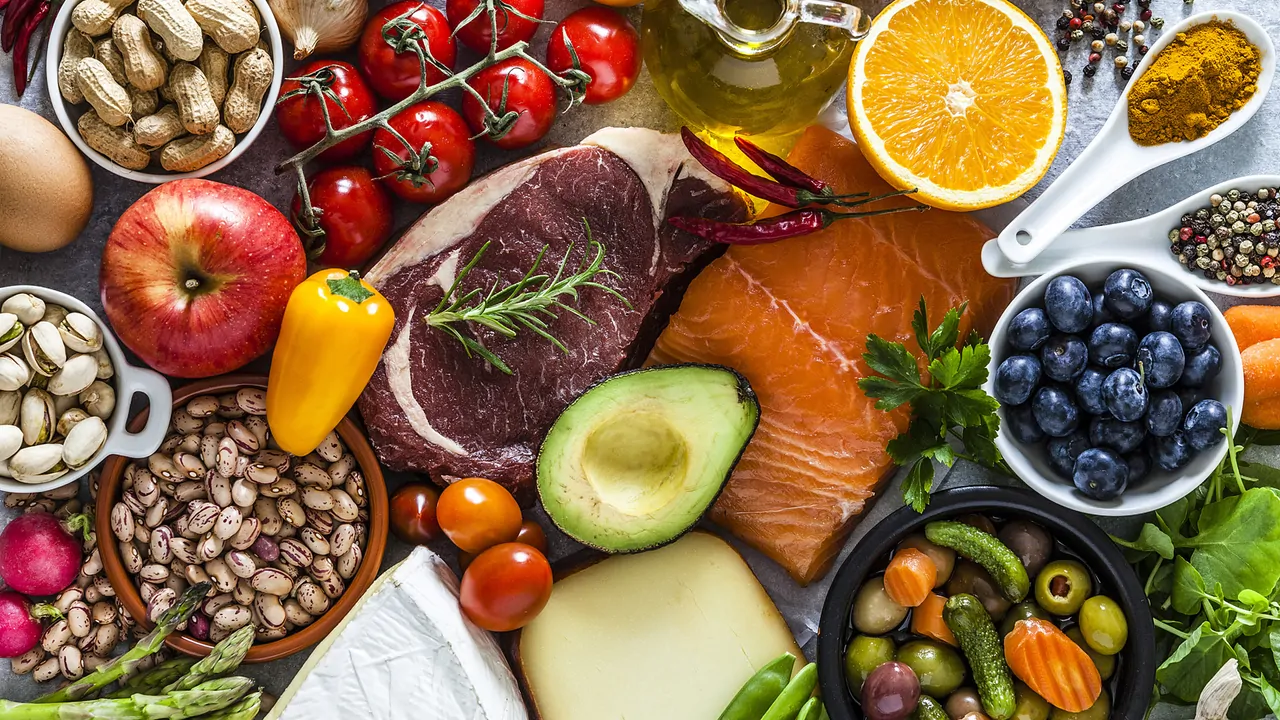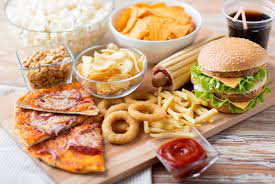Welcome to Safe Food Mitra
Welcome to Safe Food Mitra


Here’s some dangerous food for thought. With alarming obesity rates on an annual basis, Americans are often accused of being imprisoned by their de...
Technology Networks
Populars Courses

